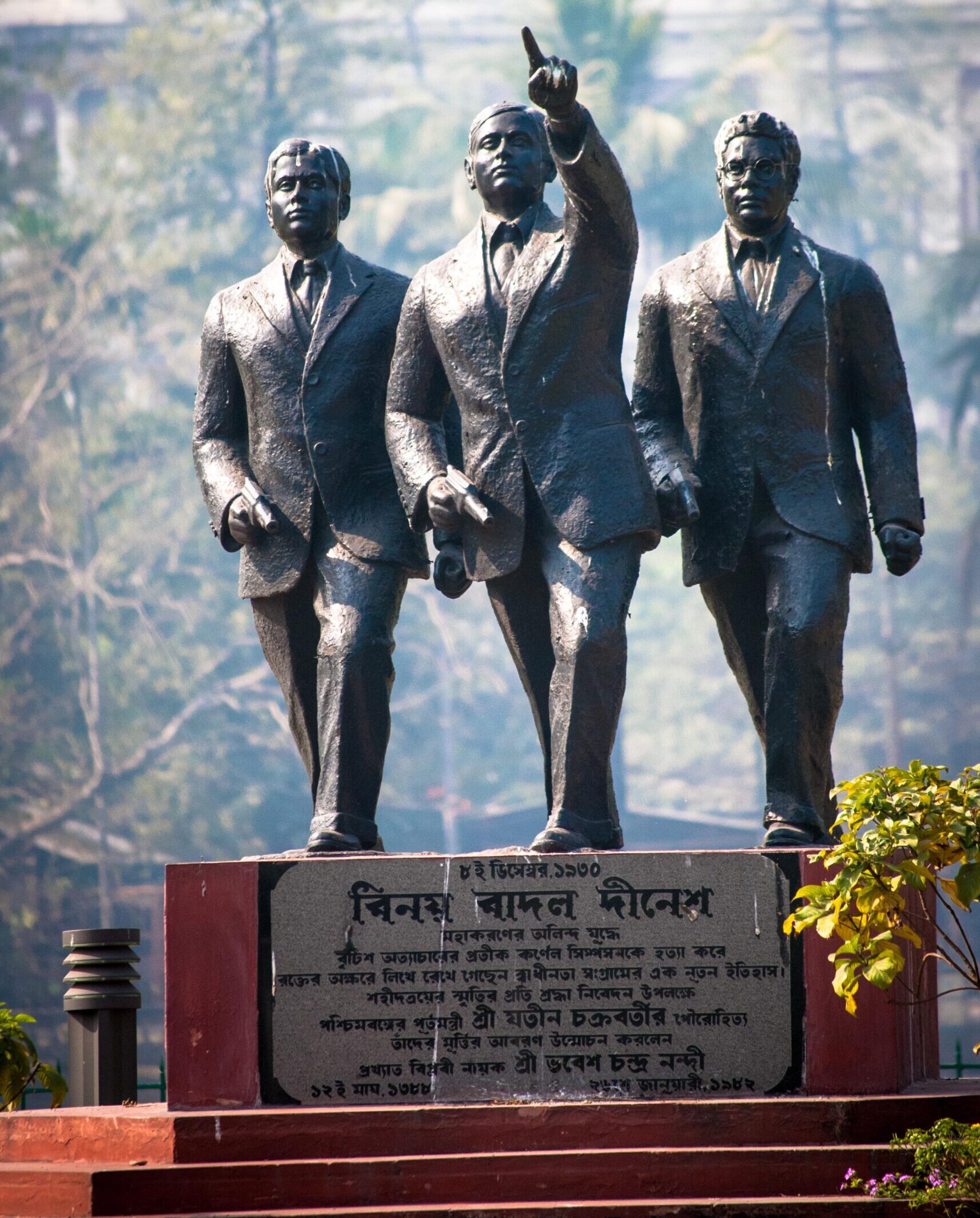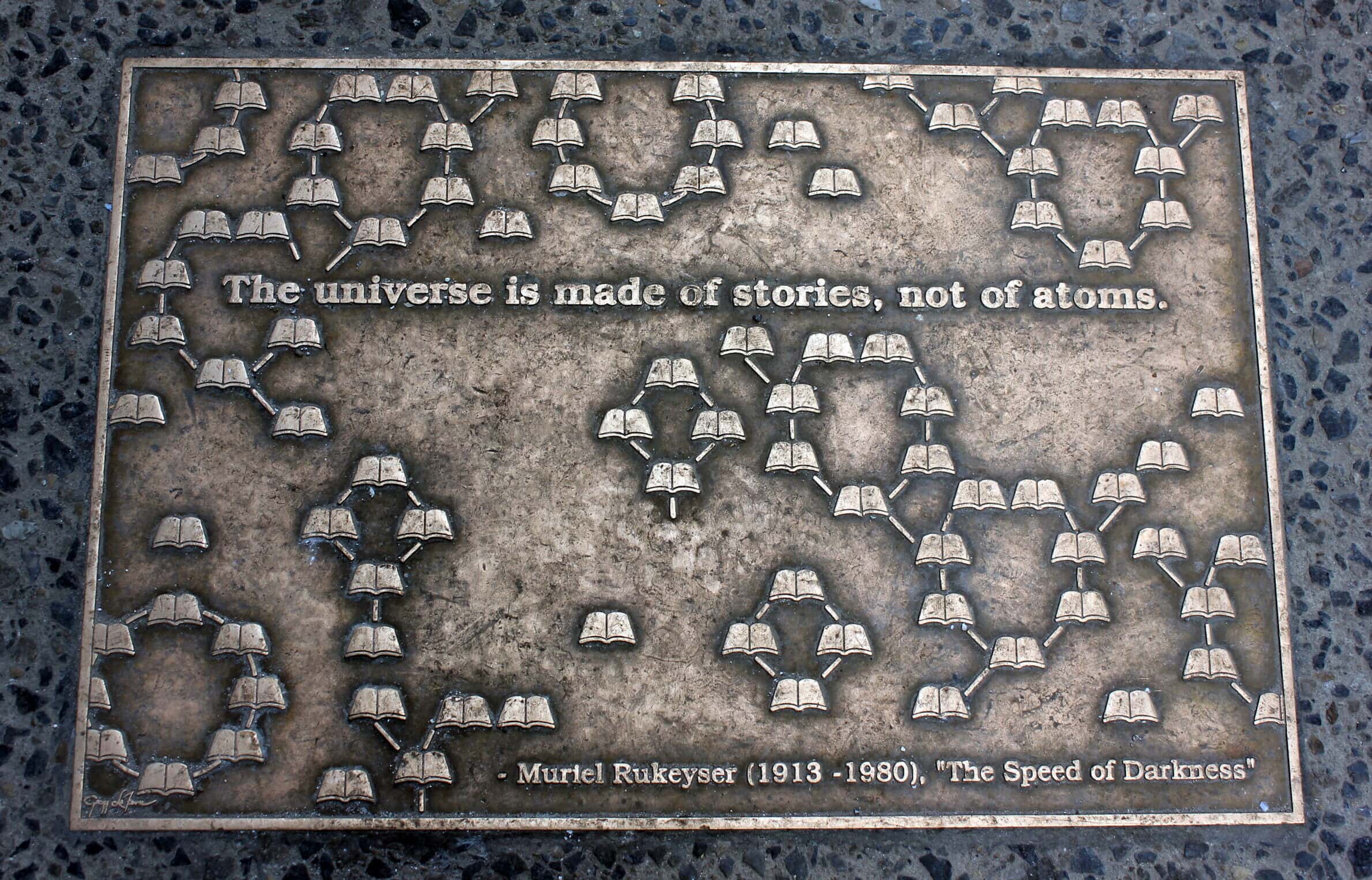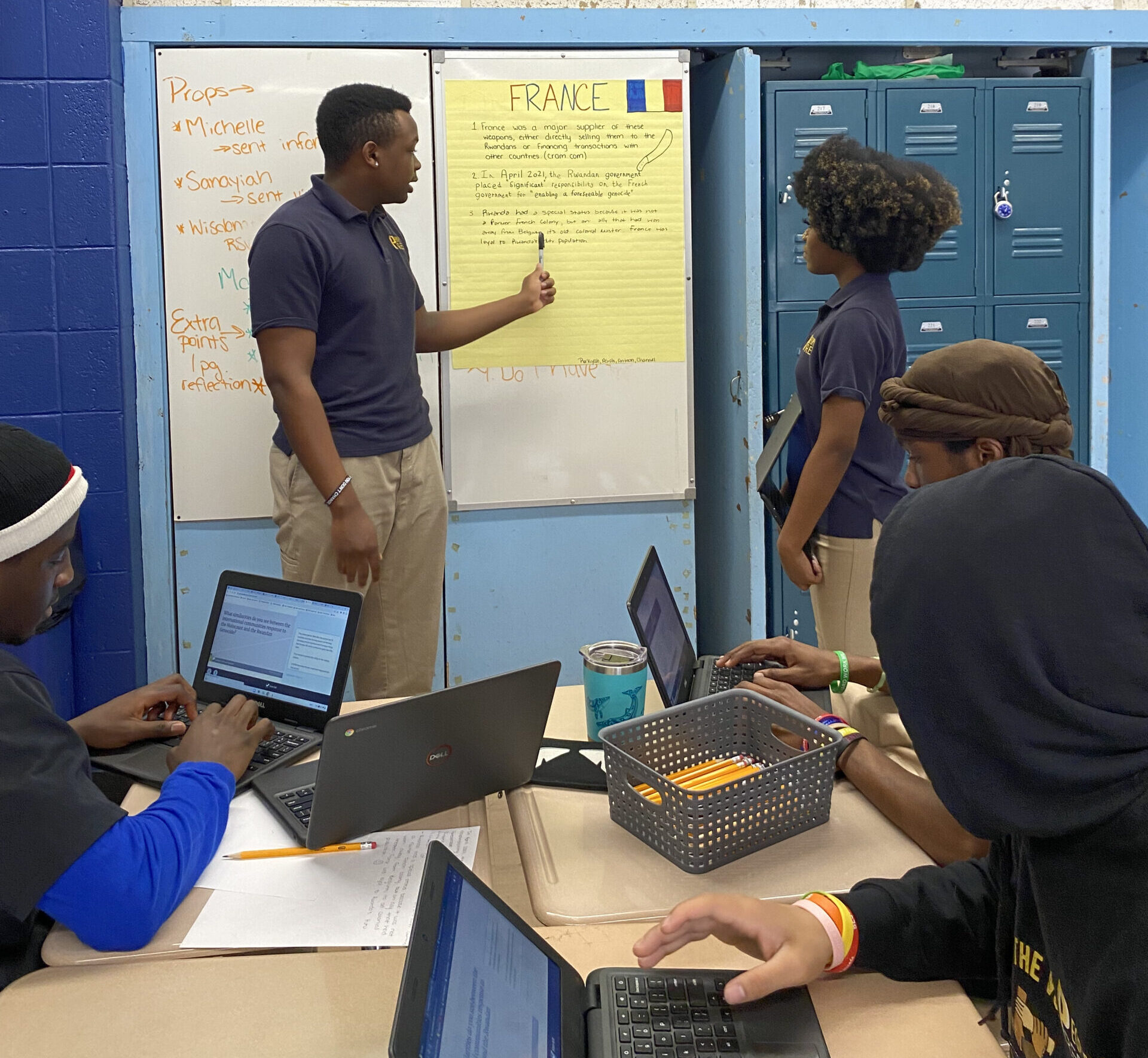As an undergraduate math and history major, I remember my math instructor’s frustration as he tried to answer a series of my questions relating to solving a particular problem. What is the evidence? Isn’t there another way to solve that problem? Why won’t this approach work? Finally he said, your problem is that you think like a historian.
Whether one teaches a history course to first-year students or graduates, the problem exists of how to teach individuals to think like historians. To think historically student must be able to collect and evaluate evidence objectively and relate the cause and effect of events within a time perspective. Thinking historically requires the ability to describe, explain, analyze, and weigh a complex series of factors within another culture and time. As in my case, many students learn to think like historians through traditional survey courses, which often use textbooks, discussions, and writing assignments. As historians have become more concerned with improving their teaching, they have sought to refine their approaches or to develop new methods for helping students understand the past. Some professors require their students to read model monographs and to examine collections of primary documents which give students the opportunity to analyze evidence or reconstruct an event. Faculty often share their own research and require students to write term papers. Increasingly, computers and new software applications provide additional approaches to teaching students to think like historians. (For a discussion of various approaches see David C. Lukowitz, “Students as Apprentice Historians,” Teaching History, Spring 1978; Phyllis Hall, “Using Your Research in the Survey Course,” AHAPerspectives, December 1988; and David W. Miller, “The Great American History Machine,” Academic Computing, October 1988.)
Although students gain many skills through traditional means, I have not been completely satisfied. The use of document collections never appealed to me as a student, and although I had liked writing term papers, my students do not. The assumption, often unfounded, behind research papers is that students have the basic skills to do historical analysis.
At Shippensburg University a recent curriculum revision required all first-year students to take six credits of world history. The history department agreed to use the same text and the faculty agreed to add no more than a thousand pages of supplemental reading of their own choice. Each history faculty member assumed the task of teaching two to three world history classes of forty students each semester. We set out to teach our students a common body of knowledge, to improve their writing skills, and to teach them to think like historians. With some success I have modified the traditional approaches to writing in my introductory world history class by introducing the use of the journal and the short paper to encourage learning and analyzing through writing. Both forms of writing, which complement each other, help students learn about the past and to organize and clarify their thinking.
To assure that students do the required reading and develop analytical and writing skills, I have required them to keep journals. The basis of the journal is three entries a week written outside of class after the completion of the assigned reading. Usually, the students answer a broad analytical question which is given in the syllabus, although occasionally they may choose their journal topic, and are required to draft the beginning paragraphs of their short paper, or review a cultural event which they have attended. In addition, students may be required to answer a question in their journals in class. (Numbers of historians have written on the use of journal. See John R. Breihan, “Prewriting in College History Courses,” AHA Perspectives, March 1986; and Henry J. Steffens and Mary Jane Dickerson, Writer’s Guide: History, 1987.)
Although the students complained about the excessive number of journal entries, they found the exercise useful in developing analytical skills and assuring good study habits. A rather typical comment from an anonymous student is the following: “I thought having the journal was a good idea. In the beginning of the course, I didn’t think I was going to like that idea, but as the semester went on I began to realize how helpful the journal really was. It allowed us to learn to read something and then have to sit down and write the ideas you got from the reading material. I also think it possibly helped improve some writing skills.” Another student wrote, “The journals are useful in forcing us to keep up with assignments and understanding them.”
In my opinion, the student evaluation of the journals was an accurate reflection of what was happening and what I hoped would happen. Although the writing was time consuming, the journals assured that the students did much of the reading and understood the material. Further, the journal forced students to select from the text ideas that answered the assigned question and to organize them in a convincing manner. The journals, also, tended to improve examination grades and I had a much better sense of what students understood.
In addition to the journal, I require each student to write a five-page paper. Since the material the students have to master is large and new, I have not asked them to attempt a standard research paper. Rather, in “World History to 1500,” I base the writing assignment on Tales from the Thousand and One Nights translated by N.J. Dawood. Students are required to read all the Tales. They are to take any aspect of the stories relating to manners, beliefs, customs, economy, government, religion, and society existing in Persia, Arabia, or the Muslim world between 850 and 1450 and develop that topic into a five-page paper. Among the topics students have proposed were the relationship between mothers and sons, the commerce of Baghdad, alms giving, the status of women, the djinn, Islam and prayer, the Arab merchant, predestination and Islam, male and female relations in Islam, and Islamic views of marriage among many other topics.
In order to discourage procrastination and help them learn to define the issues and organize the material, students are required to make three journal entries on the topic. The first is a page-long entry on some aspect of the Tales; the second, a week later, is a two-page explanation of why the event, value, or belief was important. The student also notes areas of further research to be pursued. The third entry provides a plan for the five-page paper and a discussion of the accuracy of the tales as related to the topic. The next step is the submission of a typed first draft of a paper to a classmate who reviews the paper.
Students are helped in defining the topics by examples in my syllabus. They are also encouraged to discuss the Tales with me during office hours. But it is journal writing itself which is most effective in helping students define their topic. In the process of writing the students are forced to clarify their ideas and evaluate the available sources. As a result about 10 percent of the students will choose new topics. By collecting the journals after the completion of three entries but before a first draft is written, I can also evaluate the suitability of the topics. Sometimes, for example, students assume they can adequately discuss the beliefs of Islam in five pages.
Once the topic is defined, the student is expected to follow two different lines of thought and research. First, the student evaluates the various tales to find as much material as possible on the topic. Second, the student has to use other sources to see if the material presented in the Tales was fact or fiction. Although the students are free to organize the material as they wish, they must include three things. They have to describe the material in the Tales relating to the topic chosen, describe the material from other historical sources, and provide an analysis concerning the validity of the information drawn from the Tales. Papers are required to have a bibliography but no notes. Secondary sources may be used and the number of sources required is minimal. I place some material on library reserve and students are encouraged to look beyond these aids.
Since I have as many as 120 journals and papers to grade each semester, I ask each student to help me. Students have the first draft of their paper criticized by another student, who has to follow a set form. The reviewer must indicate points in the draft that are of interest with an explanation of why, note areas in which more information is needed, provide specific suggestions for a clearer development and better organization of the topic, offer suggestions on how to use supporting information more effectively, and make spelling and grammatical corrections. On the due date, students turn in a final typed draft, supported by three journal entries, a first draft, and a classmate’s written suggestions for improving the draft. How well the student has followed the reviewer’s suggestions is evaluated with the final draft.
The students found writing the short paper more difficult than writing journal essays and were divided as to the usefulness of student comments. One positive anonymous student wrote, “I enjoyed writing and researching the short paper. The paper helped me in learning this culture better. The comments from my classmates were very useful. They pointed out my weak points that I had to work on and my strong points.” A contrary comment was, “The paper, I felt, was not as useful as the journal. The classmate’s opinions did not help.” Although the students generally enjoyed the Tales and recommended that I continue to use it, I will be changing to The Travels of Marco Polo to limit the possibility of plagiarism.
The short paper encourages students to think clearly. They have to deal with the cause and effect of relationship objectively within a time perspective. As all historians do, they have to define topics, read thoughtfully, obtain relevant information, write coherently, and, in addition, evaluate the research and writing of their peers. In the end, they must decide whether the original source was historically accurate and explain their results in a satisfactory paper. Students have also had to deal objectively with a literary source from another culture. I believe this process successfully helps beginning students to think like historians.
Although both the journal and short paper help to develop the thinking and writing ability of students, they do so in somewhat different ways. The short paper emphasizes in-depth analysis while the journal encourages breadth of knowledge. The paper requires formal writing while the journal follows an informal style. The journal entries define the issue to be examined while the paper requires the student to delineate the problem. The journal describes the sources to be used while the paper necessitates that the sources be found and evaluated.
I have used the journal and the Tales for four semesters. While there is no objective way to prove that my students think more like historians because of these writing assignments, an examination of their writing early in the semester and at the end of the course suggests that student writing and thinking improved. More significant is the fact that students themselves concluded that both the short paper and the journal aided their writing, understanding, and thinking.
Vera Blinn Reber is a full professor in the Department of History at Shippensburg University.


